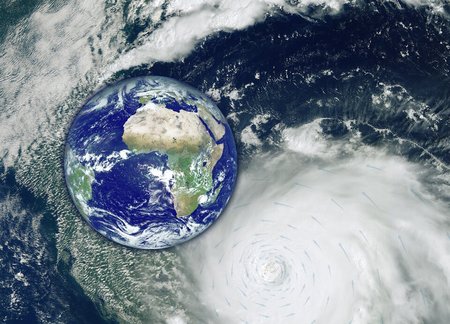Wivern Earth Explorer candidate goes forward
For the first time ever, Wivern -short for WInd VElocity Radar Nephoscope- would provide measurements of wind within clouds and precipitation. There is a notable gap in global observations of wind in cloudy region. The innovative concept of Wivern bases on the use of a conical scanning 94 GHz Doppler radar that uses the Doppler effect to measure wind inside clouds. This allows the wind to be measured at one to two million data points per day. In addition, Wivern would deliver high-resolution profiles of rain, snow and ice with a much better temporal and spatial coverage than can currently be achieved by satellites.
Wind is one of the most important variables in climate and weather models. The measurements would help to improve the quality of climate and weather models and the quality of weather forecasts, the latter via assimilation of the measured data. The Wivern measurements would also, for the first time, provide a comprehensive insight into the movement of air in convective systems and thus contribute to a better understanding of such systems.
Further information
Contact
Dr. Cathy Hohenegger
Max Planck Institut for Meteorology
cathy.hohenegger@mpimet.mpg.de

